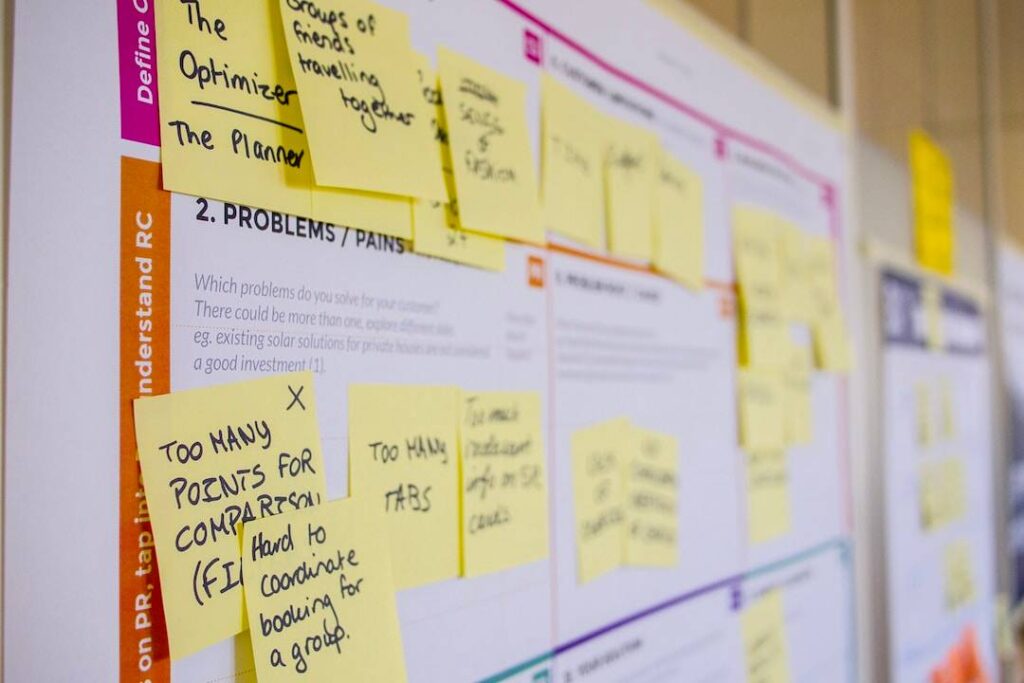In the world of business, clear and detailed invoicing is more than just a paperwork task. It’s a critical aspect of client communication, project management, and income forecasting. A well-structured project invoice not only secures payment for your work but also communicates professionalism to your clients. But how do you write a project invoice? In this article, we will dissect the anatomy of an effective project invoice.
Table of Contents
Steps To Creating a Detailed Project Invoice

With the basic elements defined, it’s time to move on to the actual creation of the invoice. Start by choosing a template or format that suits your brand and the project’s needs. This might be a simple Word document, a specially designed PDF, or even a dedicated invoicing software.
Fill in the relevant details according to your project’s specifications and the client’s needs. Remember to keep everything clear and straightforward. Confusion over invoicing can lead to delayed payments.
Once the invoice is filled out, review it to ensure there are no mistakes or missing information. You may wish to have a second set of eyes check this as well. Finally, send it to your client professionally and courteously, often via email.
Consider following up on the invoice after a reasonable period, especially if you haven’t received payment or heard back from the client. This ensures that your work remains front and center.
Making Use of Project Invoice Software for Efficiency
As project work increases and client numbers rise, it can become increasingly complex to manage all your project invoices manually. This is where project invoice software comes in, with many options offering features that streamline the invoicing process, such as automatic calculations and scheduling, customizable templates, and integrated payment platforms.
Having your invoicing process automated not only saves you time but can help reduce mistakes that could potentially lead to delays in payment. A system that tracks your invoices and their payment status can also help manage your cash flow and provide valuable financial insights.
However, it’s crucial to choose the right project invoice software for your needs. Some may be designed for large companies with hundreds of clients while others are better suited for freelancers or small businesses. Do your research to find one that fits your business model and budget.
Once you’ve selected a software, invest time in learning its features and setting it up correctly. This includes inputting your business details and preferred payment terms, as well as customizing the look of your invoices to align with your branding.
Managing Your Project Invoices: Best Practices and Tips

Managing your project invoices effectively involves more than just filling in blanks and sending them out. It also encompasses strategies for ensuring timely payment, maintaining positive client relationships, and using your invoices as a tool for business management and growth.
Ensure that each project invoice you send out is clear, accurate, and professional. While it can be tempting for project-based businesses to churn invoices out as quickly as possible, remember that each one represents your business. An inconsistent or sloppy invoice can damage your reputation as much as a missed deadline or substandard work.
Lastly, remember that managing invoices is part of managing your business. Keep careful records, track your income, and always be willing to adapt and change your invoicing practices as your business grows.
In conclusion, project invoicing is a critical tool in modern business practice. By understanding its key elements and managing these papers effectively, you can pave your way to professional success.
